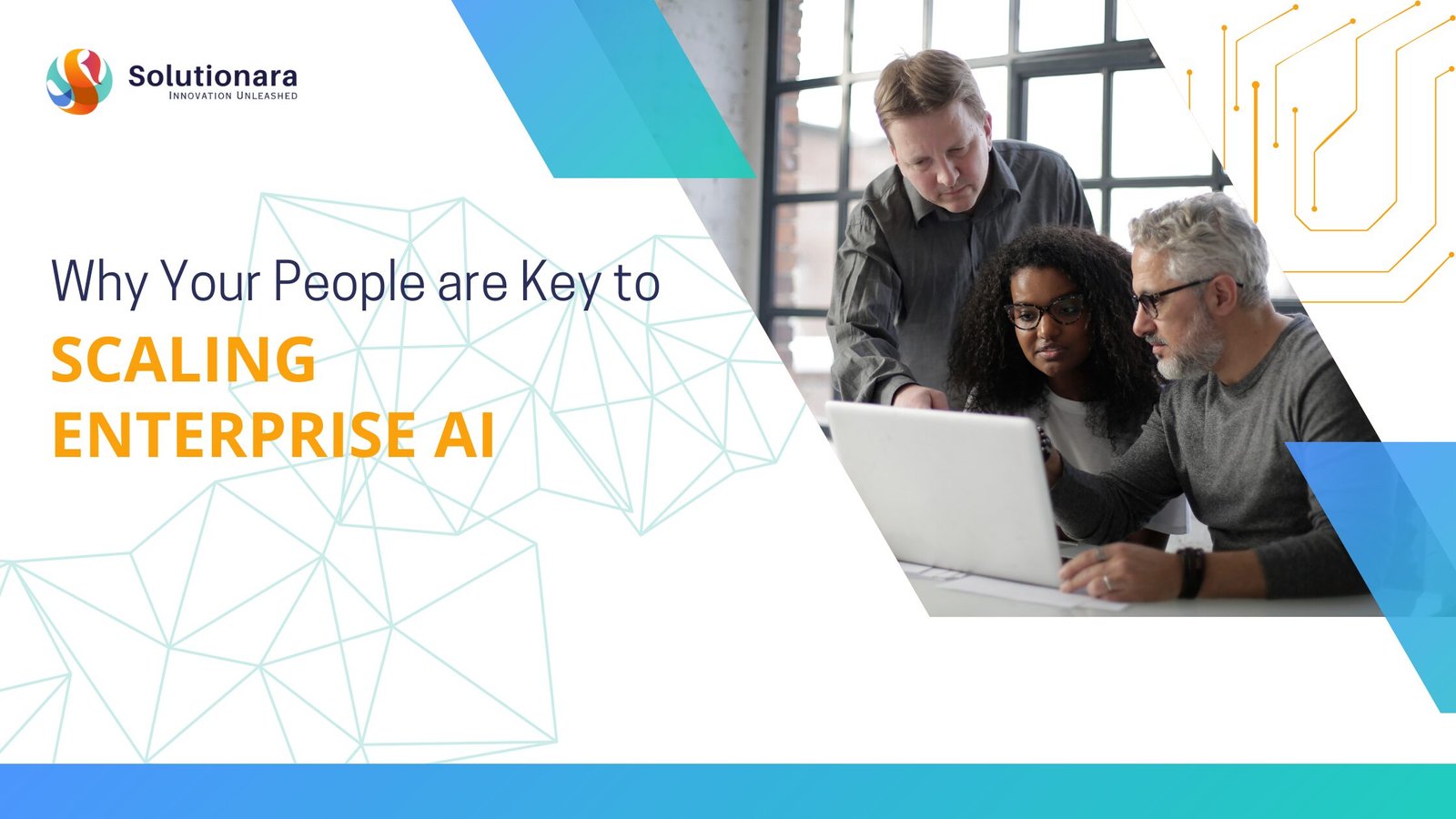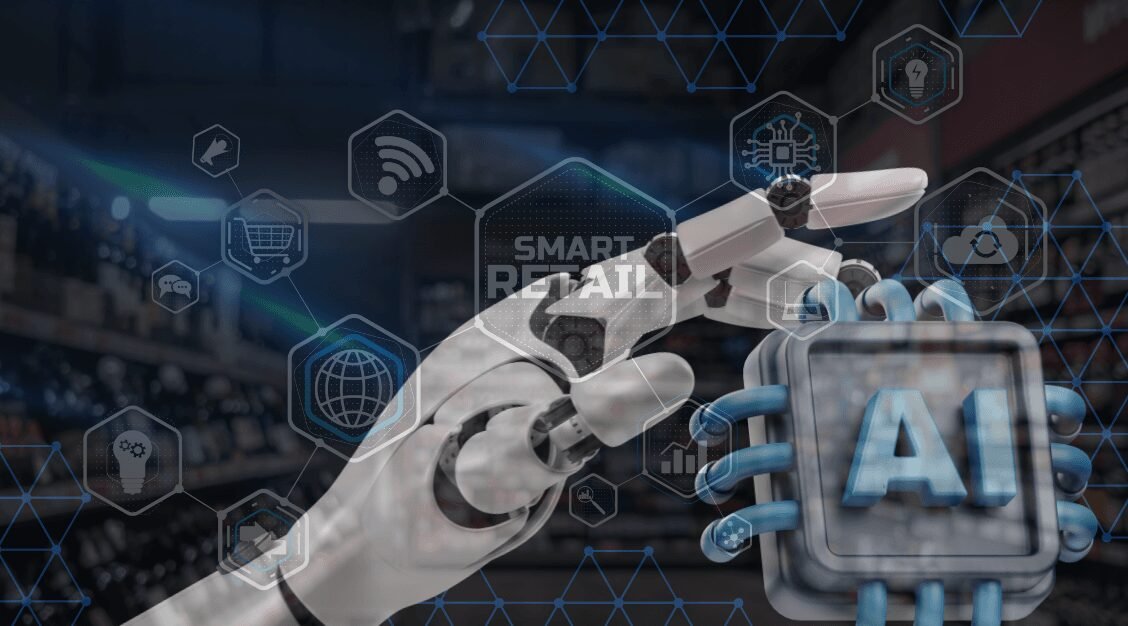Artificial intelligence in enterprises is now moving from pilot programs into production environments across industries. Yet, despite the surge in adoption, a recent McKinsey study reveals that only 1% of enterprises consider themselves truly mature in AI. This gap highlights a sobering reality: while the technology is advancing at speed, organizations struggle to scale it effectively.
AI’s potential is undeniable, and with $4.4 trillion in productivity gains on the table, enterprises must figure out how to scale AI to stay competitive. Having led multiple AI pilots and deployments, I have discovered that the challenge is not the infrastructure or technology but the people and, above all, effective change management. Enterprises need employees and leadership who can adapt, lead, and champion change across the enterprise.
The Role of People in Enterprise AI Adoption
AI algorithms may generate unique insights, but your people bring the context, accountability, and adaptability that allow AI to scale. Without human direction, even the most sophisticated models are just technical experiments rather than business solutions. For instance, here are all the things that need human perspective in AI environments –
1. Framing the Right Problems
AI cannot determine its own purpose or problems. It requires people to define priorities and connect projects to strategic goals. Data scientists and engineers may design powerful models, but business leaders and process experts ensure those models address real challenges. Their human context and judgment skills provide the guardrails that keep AI efforts aligned.
2. Translating Insights into Action
Models can predict outcomes and insights, but people must interpret and apply those results. Domain experts evaluate whether predictions make sense in context, while managers and teams translate them into strategies or process improvements. Without this human layer, AI outputs would fail to drive tangible change within the organization.
3. Ensuring Ethics and Trust
Technology alone cannot safeguard fairness or accountability. People must monitor AI systems, correct for bias, and ensure compliance with ethical and regulatory standards. Transparent governance creates trust, both within the workforce and among the larger customer-base, which is essential for widespread adoption of AI at scale.
4. Driving Cross-Functional Collaboration
No single team can scale AI in isolation. Data specialists, IT leaders, and business units must work together to design, test, and implement solutions. Collaboration ensures that AI initiatives are both technically sound and commercially relevant, avoiding the trap of being confined to a silo or to a limited pilot program.
Addressing the Gap with Change Management
To make AI truly work at scale, there has to be a deliberate effort to bring clarity and alignment between the people who will use AI every day and the leaders who set the direction. Change management is what bridges that gap. It gives both sides the structure and support they need to adapt, engage, and grow with AI.
Preparing employees for the future
AI doesn’t just change technology; it changes how people work. Roles evolve, workflows shift, and that can feel overwhelming. This is where upskilling and reskilling make all the difference helping employees learn how to interpret data, work alongside AI, and make smarter decisions. There needs to be a strategic imperative to incorporate employee journeys and challenges when planning AI deployments. Moreover, training alone isn’t enough. Employees also need to be involved in the AI implementation journey from the beginning. When communication is clear and people see where they fit, resistance turns into confidence, and adoption feels less like a mandate and more like an opportunity.
Leadership guidance with vision
Leaders set the tone for whether AI remains a fancy experiment or becomes a real competitive edge. Instead of approving budgets or implementing AI to “not fall behind”, leaders must understand that AI should align with larger business goals and revenue targets. They must then work on removing roadblocks and communicating clearly with teams that this is a long-term play, not a short-term experiment. Leaders who communicate openly, champion ethical practices, and share a clear vision give employees the trust and direction they need. But getting the AI vision right often requires expertise and strategic consultation. Solutionara’s AI experts can help chart this progress for business leaders.
Conclusion
AI success belongs to organizations that empower their people to think creatively, take ownership, and embrace change. By fostering a culture where learning, collaboration, and adaptability thrive, enterprises can transform AI from a set of tools into a source of lasting innovation and growth.
Ultimately, the companies that put people first will not only scale AI effectively—they will shape the future of their industries.





